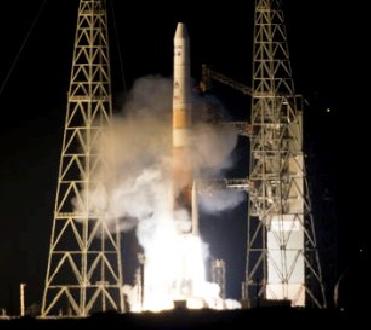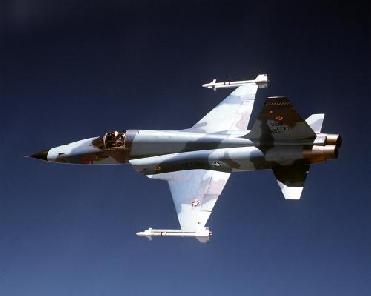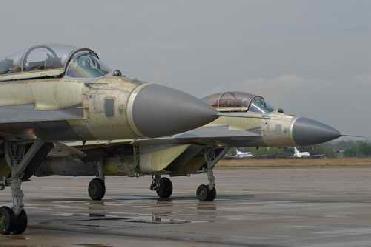
A Delta IV launch vehicle lifts off carrying GOES-P into orbit. NASA photo
WASHINGTON (AFP): NASA has launched the latest in its family of high-tech meteorological satellites, adding to a constellation of spacecraft that watch storm development and weather conditions on Earth.
The Geostationary Operational Environmental Satellite-P (GOES-P) lifted off from Cape Canaveral in Florida at 2357 GMT on Thursday on a Delta IV rocket which will carry the weather-watching satellite to its orbit around 35,406 kilometres above the Earth's surface.
"GOES-P is on its way into orbit to begin a 10-year mission to keep a watchful eye on our world," NASA said on Thursday on the satellite's launch blog, noting that all systems were performing "exactly as expected."
Once it reaches its orbit, GOES-P will collect and send back to Earth data that will be used by scientists to monitor weather, make forecasts and issue warnings about meteorological incidents.
The satellite will also detect ocean and land temperatures, monitor space weather, relay communications and provide search-and-rescue support.
GOES-P is the latest in a long line of GOES satellites, the first of which was launched in 1975.
The satellite will drop its letter suffix for a number, becoming GOES-15 once it is in space.
 Previous Article
Previous Article Next Article
Next Article












The Indian Air Force, in its flight trials evaluation report submitted before the Defence Ministry l..
view articleAn insight into the Medium Multi-Role Combat Aircraft competition...
view articleSky enthusiasts can now spot the International Space Station (ISS) commanded by Indian-American astr..
view article